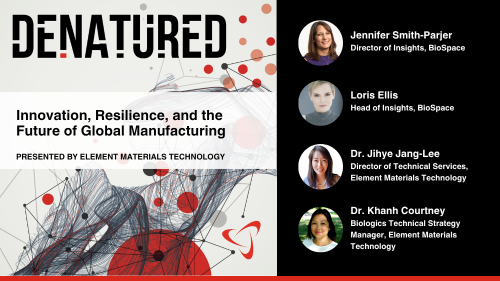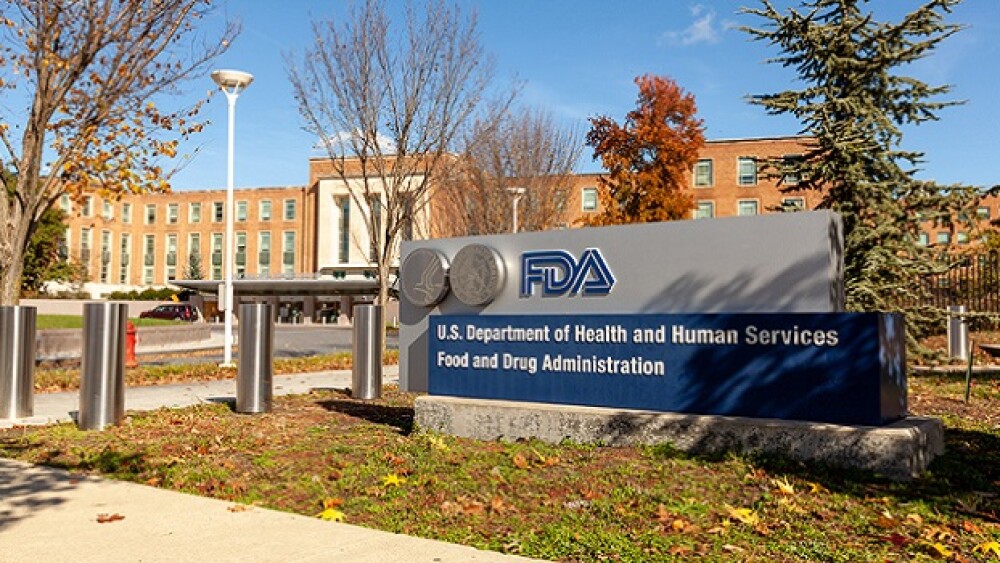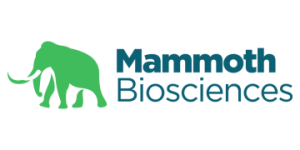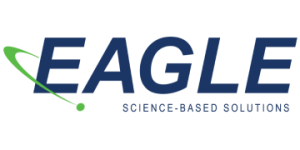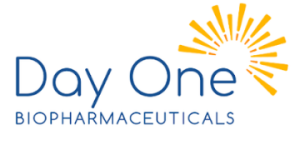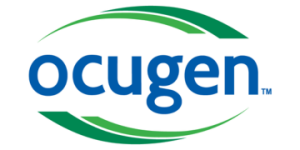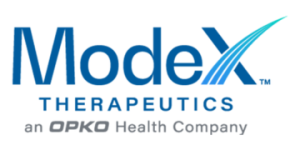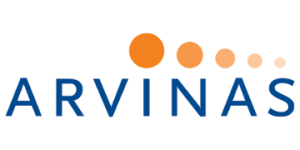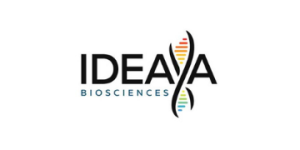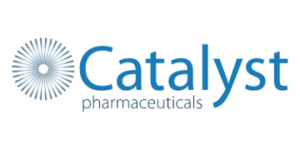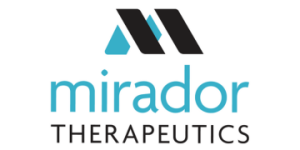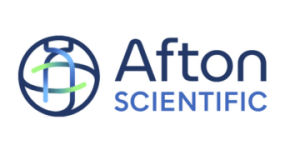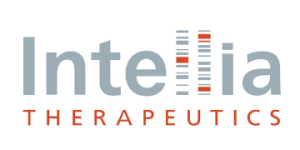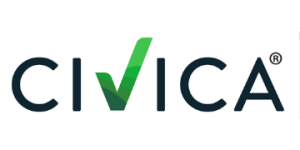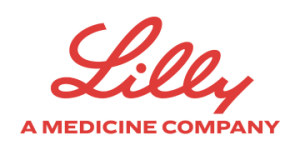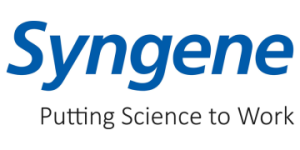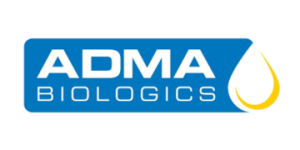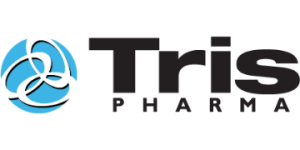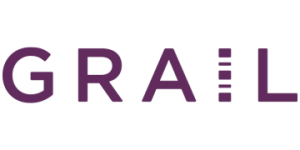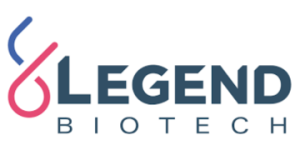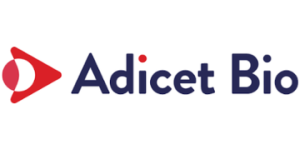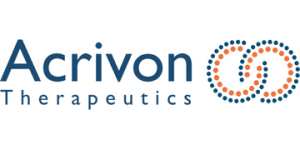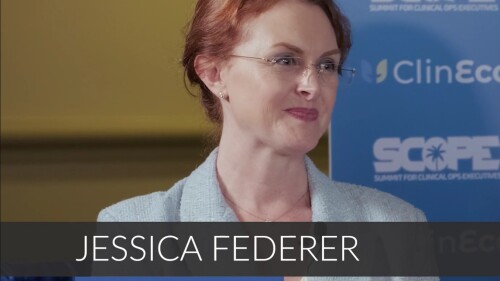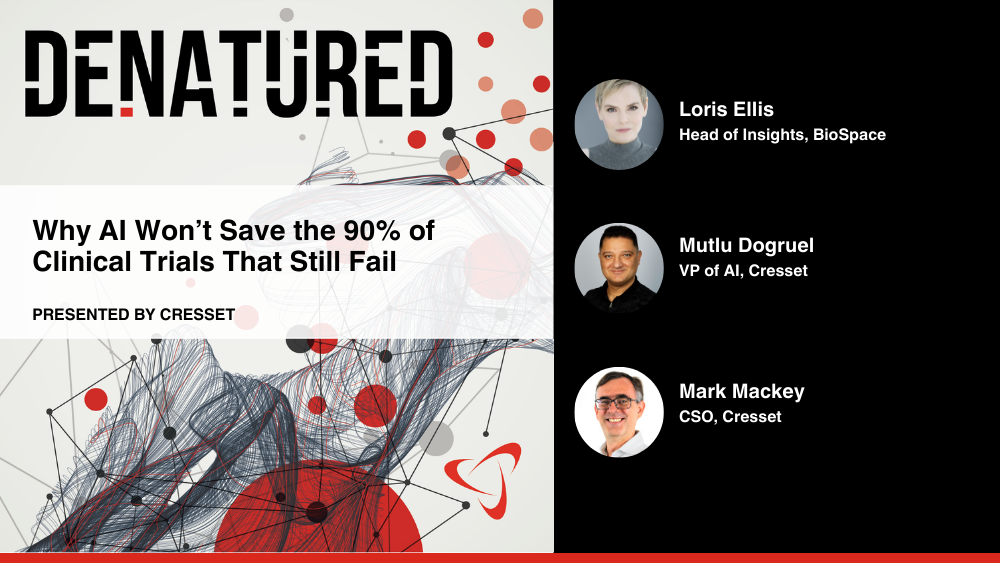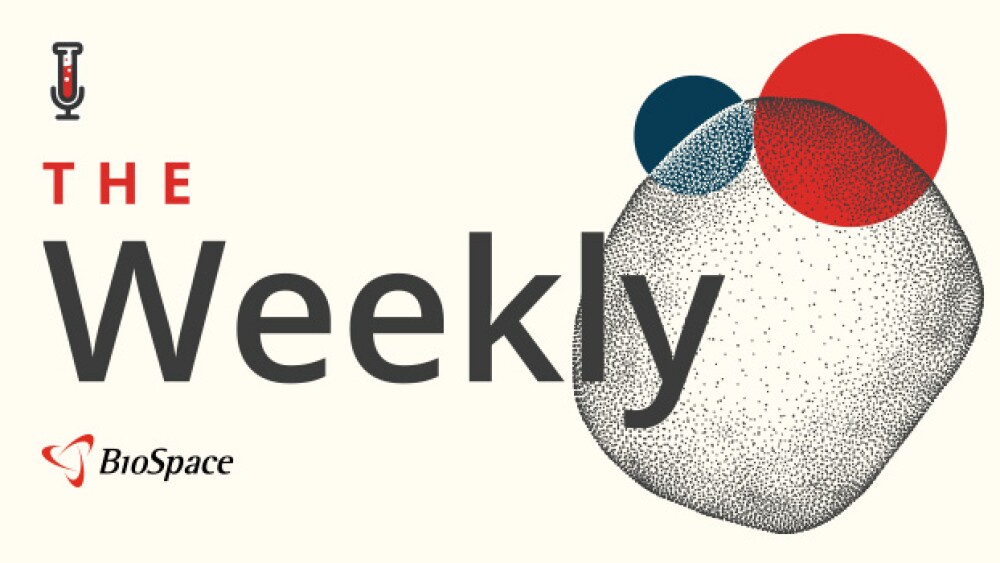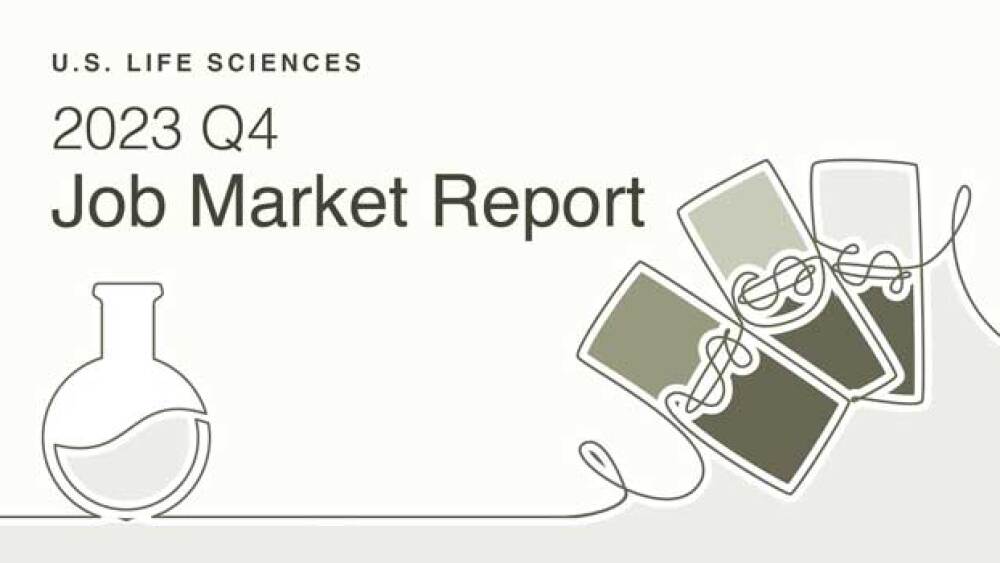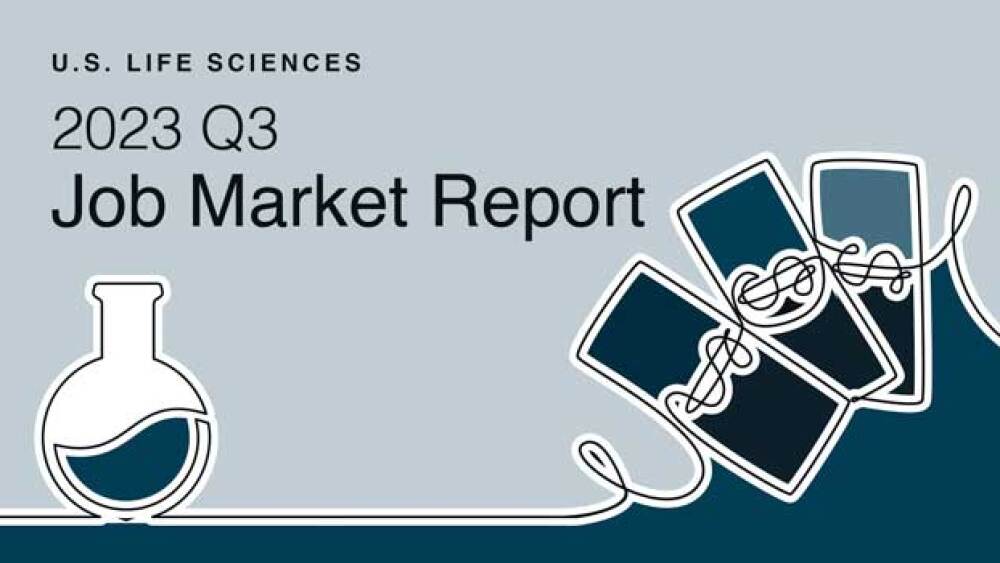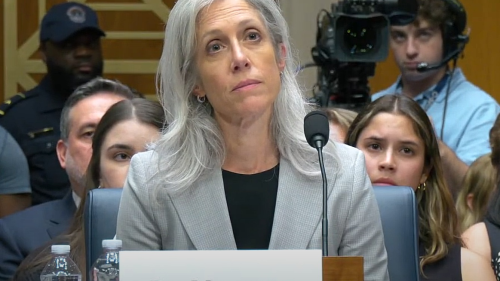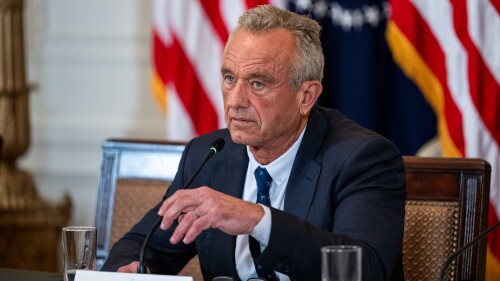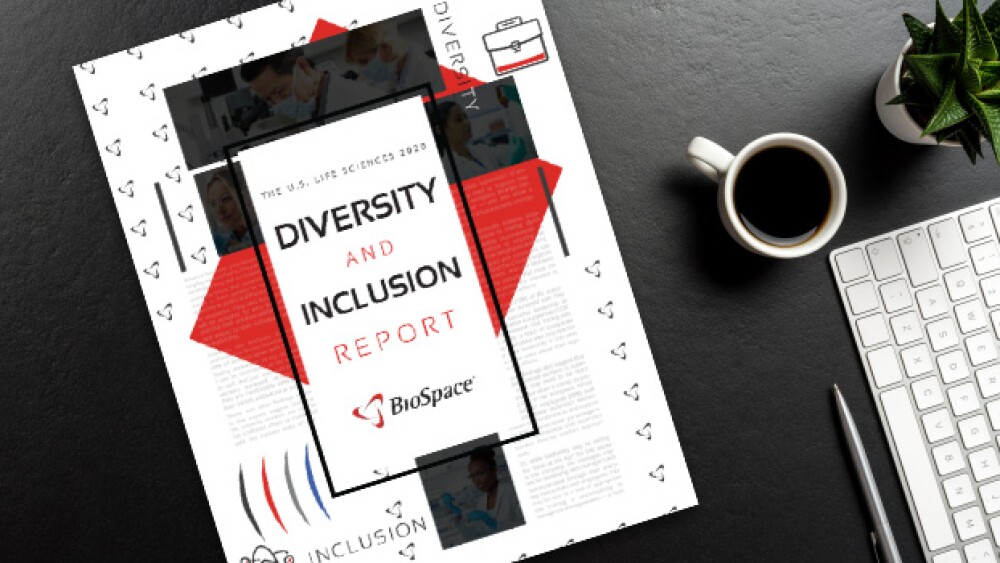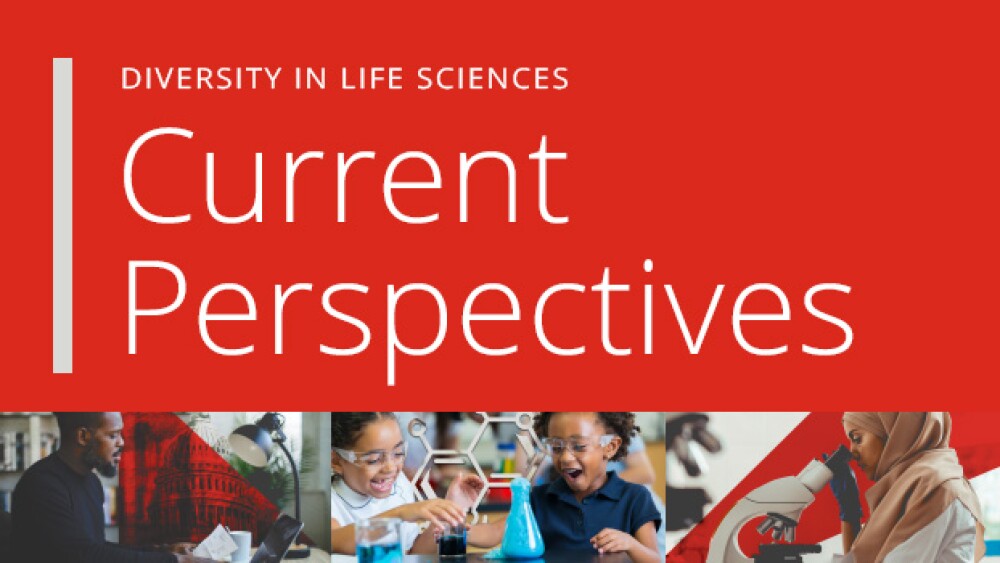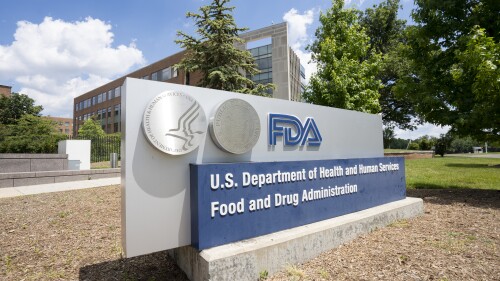To expand the population for the anti-amyloid Alzheimer’s drugs, Lilly and Biogen are testing presymptomatic patients. Will doctors be open to this paradigm-shifting change?
In this episode presented by Element Materials Technology, BioSpace’s head of insights discusses how China, historically focused on manufacturing, is increasingly becoming an innovation leader, particularly in pharmaceuticals, with guests Dr. Jihye Jang-Lee and Dr. Khanh Courtney. Ultimately, balanced strategies involve domestic capacity investments coupled with global collaboration.
Mounjaro and Zepbound contributed more than $10 billion to the $11.98 billion in sales Lilly recorded for key products in the third quarter, despite price decreases for the GLP-1 medicines.
The investment, which will expand Eli Lilly’s existing campus in Puerto Rico, is slated to create 100 new jobs, on top of around 1,000 construction-related roles.
With a 100% response rate in a Phase II study, KYV-101 sets a new efficacy bar in generalized myasthenia gravis, according to analysts at William Blair.
The clinical hold comes days after Intellia voluntarily paused enrollment and dosing in the same two studies.
FEATURED STORIES
By publishing complete response letters as soon as they are issued to drug sponsors, the FDA is expanding transparency in a way that, while positioned as a public health measure, also grants investors greater visibility into regulatory decisions. Experts question whether this is the agency’s proper remit.
From more than 30 target action dates in the last three months of the year, BioSpace has narrowed the list to six regulatory decisions that could have far-reaching implications for biopharma and patients.
In one of the first demonstrations of the impact of last year’s Loper Supreme Court decision on challenges to agency authority, a judge ruled that the FDA does not have authority to regulate tests developed by clinical laboratories.
While last week’s recommended changes by CDC advisors to the MMRV vaccine schedule are unlikely to have a tangible effect on Merck’s business, the company said the removal of choice for healthcare providers is “concerning.”
Small and large drugmakers alike have made big, proactive moves to secure the production capacity that will be vital to serving the weight loss market.
The FDA’s proposed Rare Disease Evidence Principles review process is a starting point for getting rare disease therapies across the finish line, but industry leaders say there are more concrete steps the regulator could take to help patients.
LATEST PODCASTS
In this episode presented by Cresset, BioSpace’s head of insights Lori Ellis discusses clinical trial fail rates and AI’s potential to reduce preclinical costs with Mutlu Dogruel, VP of AI and Mark Mackey, CSO of Cresset.
A draft copy of an upcoming MAHA report reveals a strategy in lockstep with recent HHS actions such as reviving the Task Force on Safer Childhood Vaccines; Viking Therapeutics reports robust efficacy from mid-stage oral obesity candidate but is tripped up by tolerability concerns; Novo Nordisk wins approval for Wegovy in MASH; and Lilly takes a pricing stand.
In this episode of Denatured, BioSpace’s head of insights Lori Ellis discusses the ‘enormous implications’ of patent policy changes with Aaron Cummings and Anne Li of Brownstein Hyatt Farber Schreck.
Job Trends
In a recent BioSpace LinkedIn poll, nearly half of respondents predicted the job market won’t turn around until 2027 or later. It’s easy to see why people are skeptical, especially when you consider recent hiring activity and layoffs.
Subscribe to Genepool
Subscribe to BioSpace’s flagship publication including top headlines, special editions and life sciences’ most important breaking news
SPECIAL EDITIONS
If it feels like there has never been a tougher time to look for work, you’re not alone—and you’re likely not wrong.
In this deep dive, BioSpace examines how small, medium and large companies are using artificial intelligence and machine learning to enhance their drug discovery efforts.
In this job market report we’re reviewing life sciences job market movement in Q3 and what to expect for Q4 and beyond.
DEALS
-
Blank check deals dwindled after a crazy 2021. Now, biotechs are starting to turn to special purpose acquisition companies again as an easy route to the public markets.
-
After spinning out of BridgeBio in May 2024, BBOT had an eye on another round of fundraising in 2025. A SPAC quickly emerged as the best option.
-
Vertex Pharmaceuticals commits $45 million upfront to leverage Enlaza Therapeutics’ War-Lock platform to create drug conjugates and T cell engagers for autoimmune diseases and gentler conditioning for sickle cell/beta thalassemia gene-editing therapy Casgevy.
-
Novartis is licensing ARO-SNCA, a preclinical siRNA therapy for synucleinopathies, a group of neurodegenerative disorders including Parkinson’s disease.
-
If the trend holds, IQVIA expects 2025 deal volume between Chinese and multinational companies to easily eclipse the 100 agreements signed in 2024.
WEIGHT LOSS
-
While Eli Lilly’s orforglipron is top of mind heading into the European Association for the Study of Diabetes meeting this week, experts told BioSpace the conference will also provide important insights into the therapeutic benefits of incretin therapies beyond weight loss.
-
As Novo Nordisk cuts 9,000 people from its organization in a restructuring effort, BioSpace looks back on the Danish pharma company’s rise.
-
This week’s release of the Make America Health Again report revealed continued emphasis on vaccine safety; Health Secretary Robert F. Kennedy Jr.’s faceoff with senators last week amounted to political theater; the FDA promises complete response letters in real time and shares details on a new rare disease framework; and Summit disappoints at the World Conference on Lung Cancer in Barcelona.
-
Suddenly one obesity asset has come to define Amgen but executives see a fuller portfolio that will bring the big biotech into the future.
-
While a win for consumers, the regulatory action did nothing to stem the manufacture of compounded versions of the popular obesity drugs that are made by Novo Nordisk and Eli Lilly. In fact, the FDA seems to be signaling that “some level of compounded product is acceptable,” according to BMO Capital Markets.
POLICY
-
A draft executive order obtained by The New York Times purports to clamp down on the pharmaceutical industry’s ability to buy new molecules from biotechs based in China, along with a number of other proposed reforms.
-
New draft guidelines suggest the FDA is open to exercising regulatory flexibility for non-opioid drugs being developed for chronic pain.
-
Former CDC director Susan Monarez and former chief medical officer Debra Houry will appear in front of the Senate HELP Committee on Sept. 17.
-
In a livestreamed meeting Tuesday afternoon, Health Secretary Robert F. Kennedy Jr. drew a dark portrait of the state of America’s health while addressing the MAHA Commission’s most recent report, which includes plans to research potential links between vaccines and rising rates of chronic disease.
-
Ori Biotech’s CEO said the prioritization of review by FDA, coupled to the impact of the technology, could shave up to three years off development timelines.
Learn how to craft a resume that stands out by exploring 10 common resume mistakes and how to avoid them.
Carlos Doti has moved countries and changed jobs, but one thing hasn’t changed. Making an impact on patient care has always been a priority for the AstraZeneca executive.
Managers face a variety of challenges during their careers. Instead of falling into fight or flight, develop resilience to navigate the uncertain moments that pop up from time to time.
In our comprehensive guide to salary negotiation, we’ll teach you what a market salary is, how to research a market value salary and, ultimately, how to negotiate your salary according to market value.
During the job application and interview process, candidates who lie to prospective employers and those who don’t properly highlight their accomplishments can find it difficult to land—or keep—their next role. We asked experts how to sell yourself positively and honestly.
Dealing with a toxic co-worker can be exhausting, and it can make your workplace more stressful. There are a few ways to make it easier, including developing healthy coping mechanisms and even talking it out with your colleague.
HOTBEDS
IN CASE YOU MISSED IT
Bristol Myers Squibb beat analyst and consensus estimates for the third quarter with $12.2 billion in sales, but executives on the company’s investor call faced questions about a sluggish uptake for schizophrenia drug Cobenfy as well as a highly anticipated Alzheimer’s psychosis readout for the product.
REPORTS
In challenging conditions, how can employers optimize the employee experience to retain their top talent and make the most of their current teams?
In the 2020 US Life Sciences Diversity & Inclusion report, BioSpace dives into how different segments of employees experience and perceive policies, attitudes and actions. Our data suggests that there are significant disparities between segments.
BioSpace surveyed our community to gain their insights and perspectives on work, their employers, and to understand who makes up the life science community.
CANCER
-
Krystal Biotech’s decision follows the FDA’s rejection last month of Replimune’s RP1, which works similarly to Krystal Biotech’s KB707. The biotech said this has introduced “heightened uncertainty” regarding a potential accelerated pathway for the candidate.
-
The FDA recommends that companies use overall survival as a primary endpoint for clinical trials where feasible. The new guidance follows the surprising return of CBER Head Vinay Prasad, who has previously argued for prioritizing OS.
-
The platform strategy of using one molecule to target an underlying biological pathway to address many different diseases can be a goldmine for smaller companies. But it also has a unique set of challenges.
-
VantAI will use its machine learning capabilities to identify novel target-effector pairs that Halda can use in designing its bifunctional small-molecule drugs.
-
The Department of Health and Human Services’ mRNA pullback only applies to their use in upper respiratory disease, according to Secretary Robert F. Kennedy Jr.
NEUROSCIENCE
-
After a demoralizing period punctuated by the withdrawal of one of the few marketed therapies for ALS, investment in new biotechs, state-backed collaborative initiatives and buzz at BIO2025 suggest a new day in drug development for one of medicine’s most intractable diseases.
-
In another blow to Prothena’s neurodegenerative disease portfolio, anti-amyloid candidate PRX012 has run into the same problem that larger peers Biogen and Eli Lilly have battled: high rates of swelling in the brain.
-
AMX0035—approved as Relyvrio in 2022 for amyotrophic lateral sclerosis but voluntarily pulled from the market last year—was unable to distinguish itself from placebo in a mid-to-late-stage trial of progressive supranuclear palsy.
-
Novartis has bet up to $772 million to gain access to BioArctic’s BrainTransporter platform, which was leveraged in a partnership with Eisai to produce Leqembi.
-
Eli Lilly drops a second Phase III readout for orforglipron; AbbVie committed to the psychedelic therapeutics space with the $1.2 billion acquisition of Gilgamesh’s depression asset; the CDC taps vaccine skeptic Retsef Levi to lead its COVID-19 immunization working group; and the FDA prioritizes overall survival in cancer drug development.
CELL AND GENE THERAPY
-
The patient-specific nature of autologous cell therapies presents unique challenges that can best be addressed by a middle path between on-site and centralized manufacturing.
-
Capsida has yet to disclose the exact cause of death. The patient had received the gene therapy CAP-002 for a type of epilepsy.
-
As AAV9 and CRISPR programs navigate safety, delivery and scalability hurdles, small molecules offer a deployable, scalable bridge, complementing genetic approaches and accelerating meaningful impact for patients with Duchenne muscular dystrophy.
-
It can cure deadly diseases, save long-term healthcare costs and transform lives. But the U.S. insurance system still isn’t ready to pay for it.
-
Appia Bio’s shutdown continues an unfortunate trend this year that has seen biotech closures nearly every month.





